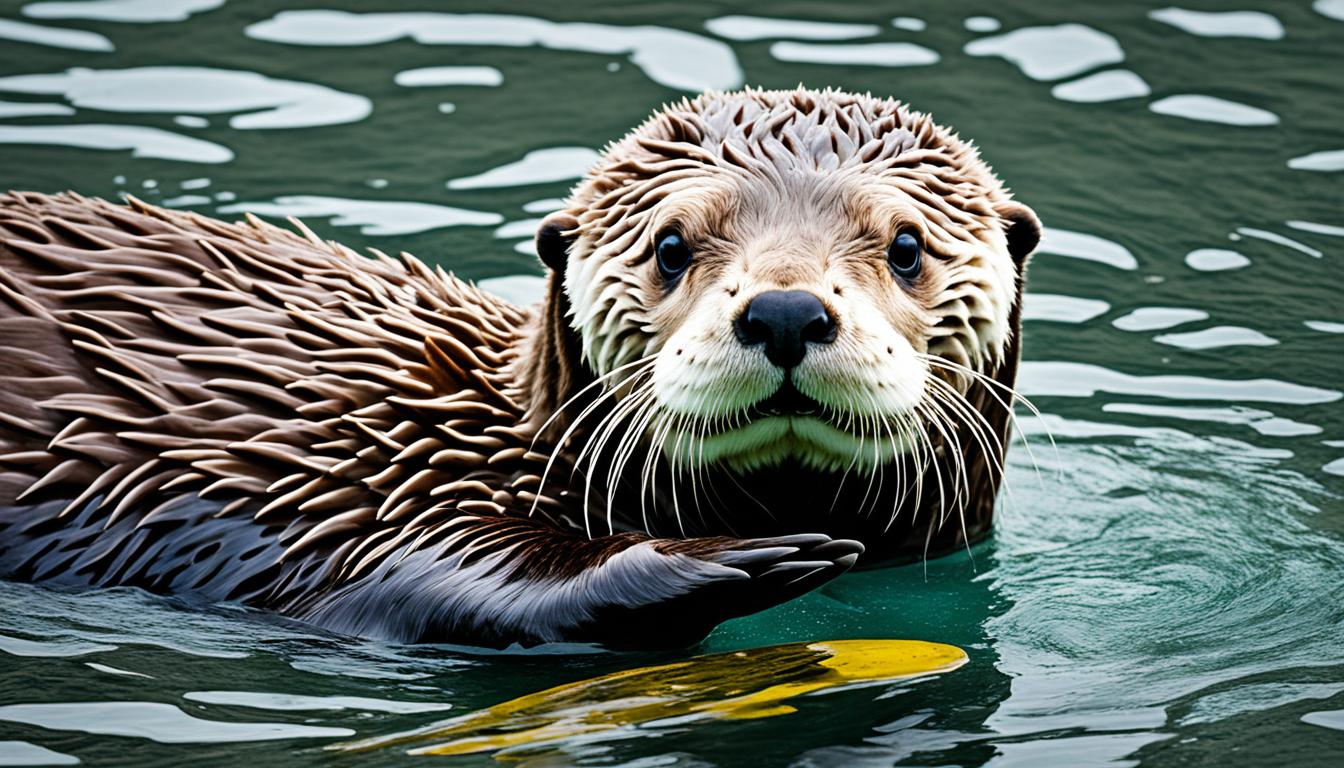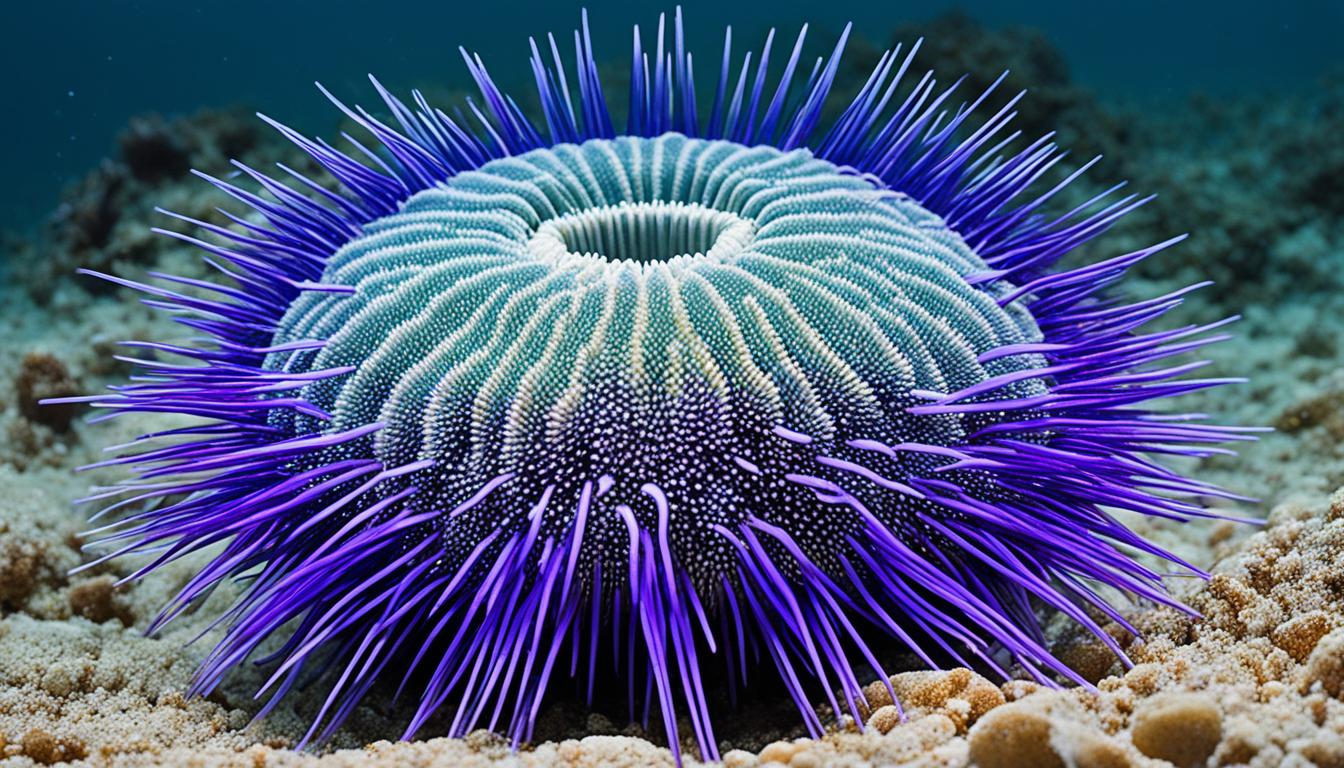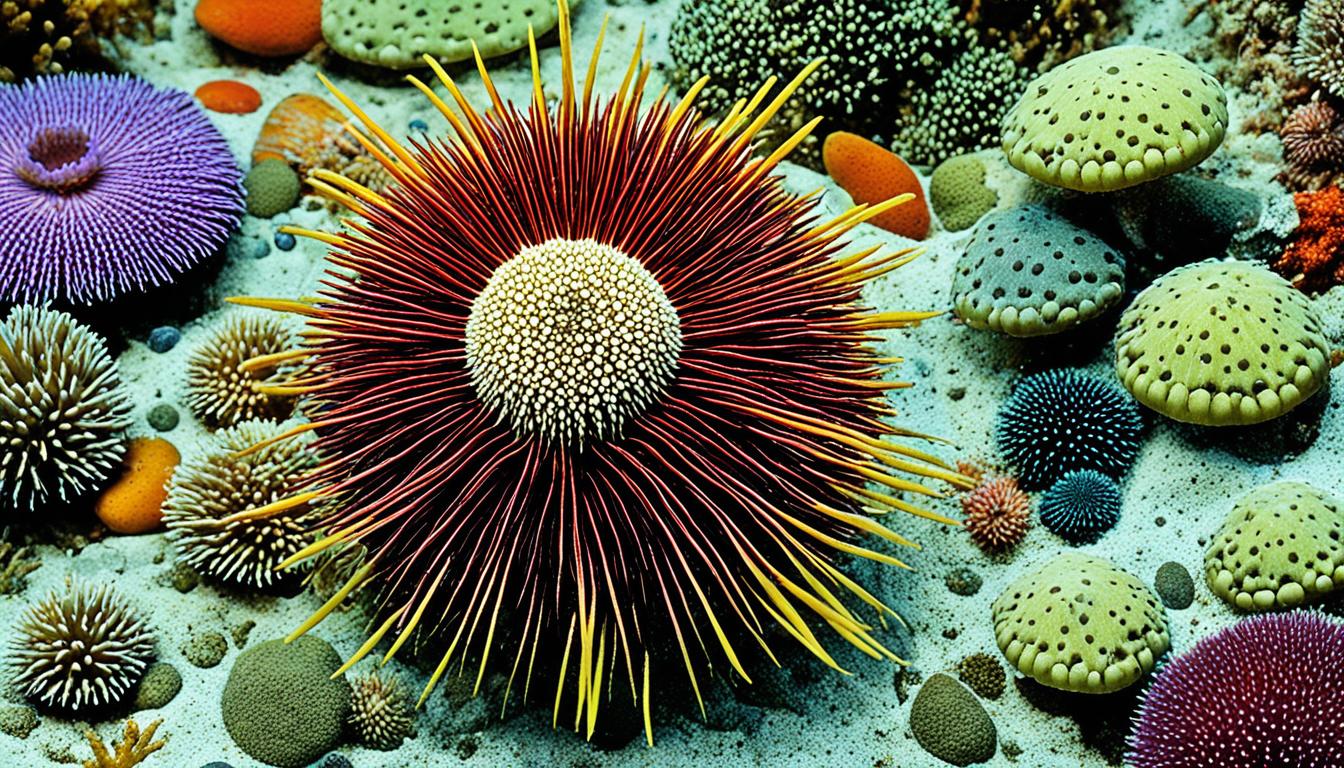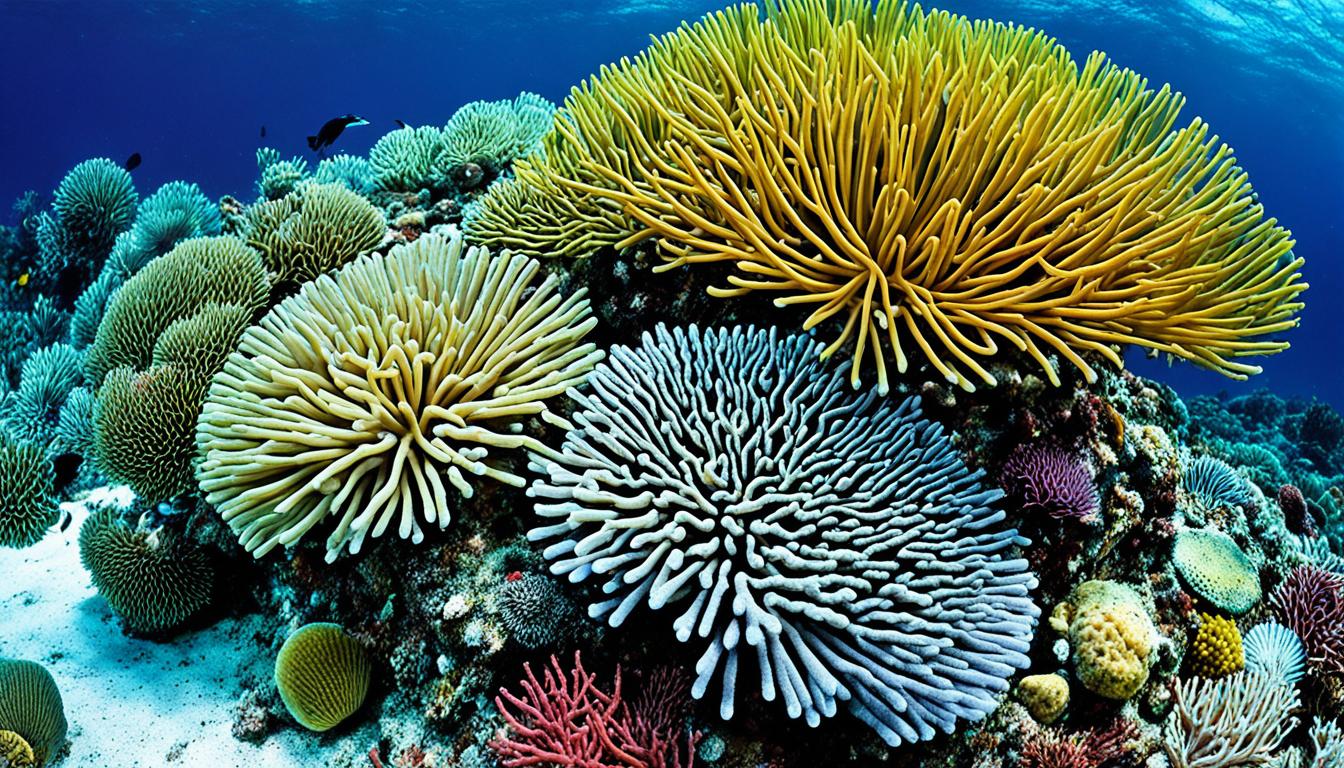Knowing if sea otters are endangered is key to understanding these amazing marine animals and their role in nature. In the North Pacific Ocean, sea otters were once plentiful. But, by the 1700s and 1800s, hunting had greatly reduced their numbers, putting them close to extinction. Now, it’s vital to know about their sea otter conservation status as the southern sea otter is protected by laws like the Endangered Species Act. This protection highlights the need for ongoing efforts to save this important species.
Overview of Sea Otters and Their Habitat
Sea otters are key to healthy marine ecosystems. They help keep kelp forests and coastal areas thriving. It’s important to understand how their habitat has changed over time to see the effects of habitat loss.
You might ask how many sea otters are left and what affects their numbers. These questions help us understand their role in the ocean.
Historical Range and Population Estimates
Sea otters once lived from northern Japan to Baja California, Mexico. Before hunting, there were 150,000 to 300,000 of them. They were a big part of their environment.
But by the early 1900s, hunting had greatly reduced their numbers. Only a few thousand were left.
Current Habitat Range
Now, southern sea otters live in about 13% of their old territory. They mostly stay along the central California coast, from Monterey Bay to Point Conception. There are around 3,000 of them left, showing the big challenges they face.
| Time Period | Population Estimates | Range of Habitat |
|---|---|---|
| Pre-Commercial Hunting | 150,000 – 300,000 | Northern Japan to Baja California |
| Early 20th Century | Few Thousand | Slightly Reduced Range |
| Current | About 3,000 | 13% of Historical Range |
What is the Conservation Status of Sea Otters?
It’s important to understand the conservation status of sea otters to know how they’re doing. These marine mammals are under legal protection to help them survive. Thanks to conservation efforts, they have legal support for their recovery.
Legal Protections Under Environmental Laws
Sea otters have strong legal protection from the Marine Mammal Protection Act (MMPA) and the Endangered Species Act (ESA). These laws make sure they are a top priority for conservation. Since being listed as threatened in 1977, the U.S. Fish and Wildlife Service keeps an eye on their numbers. They also have recovery plans to tackle threats to their survival.
Recent Status Assessments
Recent updates show a mixed view on sea otter conservation. Some groups are growing, even exceeding recovery goals in some years. But, challenges like climate change and more predators are still there. As of September 2023, the southern sea otter is still under the ESA’s protection, despite some wanting them to be removed.
| Year | Population Estimates | Delisting Target | Protected Status |
|---|---|---|---|
| 1977 | 2,000 | N/A | Listed as Threatened |
| 2001 | 3,000 | 3,700 | Protected |
| 2016 | 3,500 | 3,700 | Protected |
| 2021 | 3,700 | 3,700 | Protected |
| 2023 | 4,000 | 3,700 | Protected |
Are Sea Otters Endangered? The Current Situation
Today, there are about 3,000 southern sea otters left. This is a small increase from their all-time low but still much fewer than before humans hunted them. Experts keep a close eye on the sea otter population decline due to various reasons.
Habitat loss is a big threat to sea otters. Human activities like building cities and pollution harm their home in coastal waters. Climate change also changes their living spaces and food, making it hard for them to survive. It’s important to understand these issues to help protect sea otters.
These threats make life tough for sea otters. Even though there are some positive signs, we must stay alert about their future. The situation calls for careful conservation efforts to help them.
Threats to Sea Otters
Sea otters face many dangers that show how fragile their place in nature is. These dangers come from both human actions and natural events. Both types of threats greatly affect sea otter numbers and make it hard to help them recover.
Human-Induced Challenges
Humans pose big risks to sea otters. The main challenges they face are:
- Oil spills that destroy their homes and harm marine life.
- Getting caught in fishing gear, which can be deadly.
- Pollution that hurts their health and the balance of nature.
These issues not only harm individual sea otters but also affect their groups and homes.
Natural Threats
Natural dangers also threaten sea otters. These include:
- Diseases that can kill many and reduce their genetic variety.
- Being eaten by predators, especially more sharks.
- Climate change, which makes the ocean more acidic and less food.
Algal blooms and their toxins are also big dangers. Together, these natural threats make it harder for sea otters to survive and recover.

Sea Otter Population Decline and Recovery Efforts
The decline of the sea otter population has worried many who care about the environment. Efforts to help these marine animals include different strategies to increase their numbers. By looking at population trends and conservation efforts, we can see how critical the situation is.
Population Trends Over the Years
Sea otter populations have seen ups and downs over time. By 2019, there were only about 2,962 southern sea otters left. This shows how vital it is to keep an eye on their numbers and figure out why they’re struggling.
Conservation Efforts and Programs
Many efforts are being made to help sea otters. These include:
- Habitat protection laws that protect the areas sea otters need to survive.
- Rescue programs that help reduce dangers like shark attacks and getting caught in fishing gear.
- Research partnerships that bring scientists and groups together to learn more.
- Public education initiatives that teach people why sea otters are important and their role in the ocean.
These actions are key to stopping the decline and giving sea otters a better future.
How You Can Help Sea Otters
Supporting sea otters can be done in many ways, and every bit helps. Donating to groups like the California Sea Otter Fund is a big help. These funds help with research and protecting their homes, which is key to their survival.
Joining in on awareness weeks, like Sea Otter Awareness Week, is also a great idea. It helps spread the word about the issues sea otters face. By teaching your community about sea otters, we can all work together to protect them.
It’s also important to push for laws that protect sea otter homes. You can do this by supporting laws that stop habitat loss and promote fishing that’s good for the environment. The more people who know how to help, the bigger difference we can make for sea otters.










